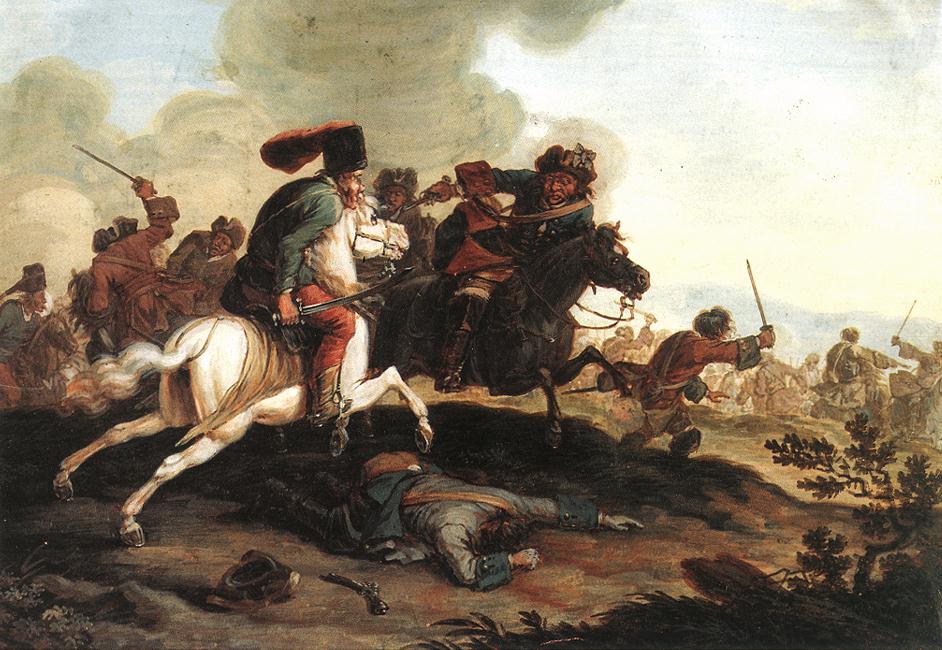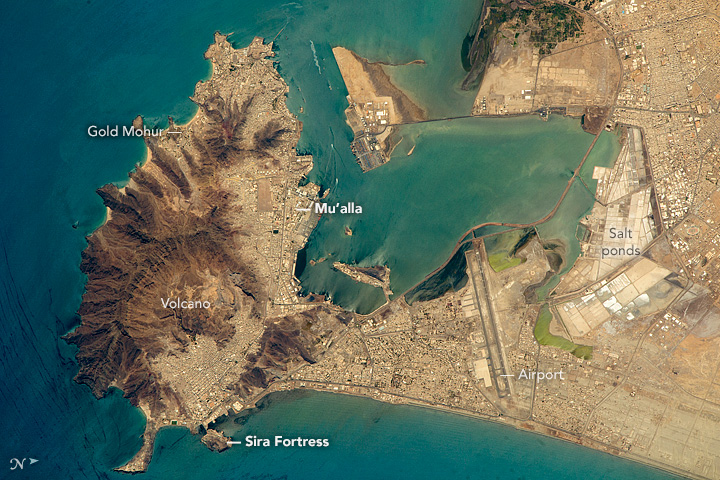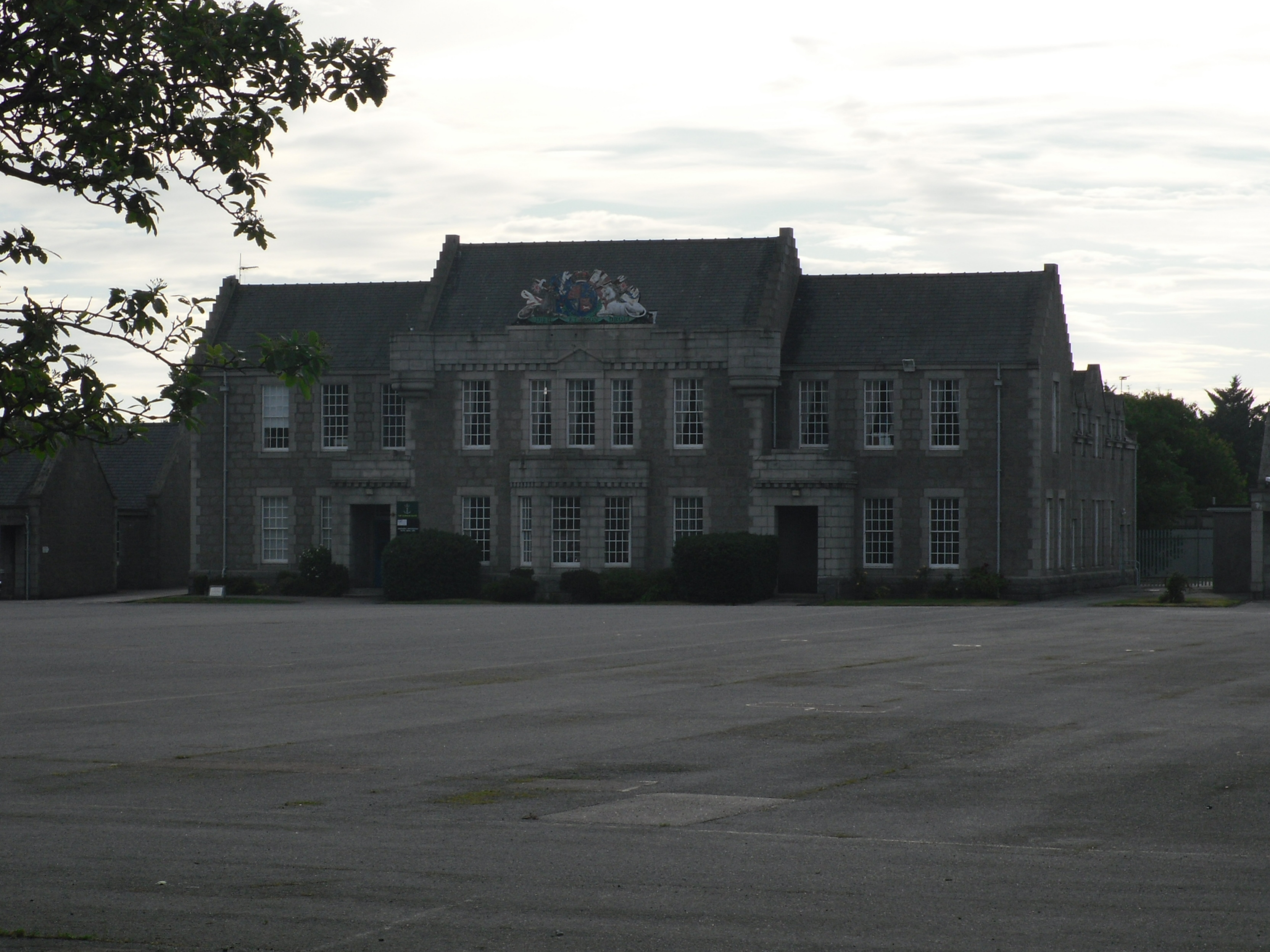|
Anne Field
Brigadier Anne Field ADC Hon (née Hodgson; 4 April 1926 – 25 June 2011) was a senior British military officer. She served as Director of the Women's Royal Army Corps from 1977 to 1982. Military career Field began her military career as a private in the Auxiliary Territorial Service (ATS). She had joined the ATS in September 1947, having been exempt from conscription during World War II because she had been a university student. Following training, her first posting was as a clerical instructor with the rank of lance corporal. She was selected for officer training and benefited from having instructors that had seen active service during the war. She was commissioned in December 1948 as a second subaltern (equivalent to second lieutenant). Her first posting as an officer was as a platoon commander based in the United Kingdom. On 1 February 1949, the ATS became the Women's Royal Army Corps (WRAC). Therefore, she became an officer of the WRAC and, for the first time, became sub ... [...More Info...] [...Related Items...] OR: [Wikipedia] [Google] [Baidu] |
Brigadier (United Kingdom)
Brigadier (Brig) is a senior rank in the British Army and the Royal Marines. Brigadier is the superior rank to colonel, and subordinate to major-general. It corresponds to the rank of brigadier general in many other nations. The rank has a NATO rank code of OF-6, placing it equivalent to the Royal Navy commodore and the Royal Air Force air commodore ranks and the brigadier general (1-star general) rank of the United States military and numerous other NATO nations. Insignia The rank insignia for a brigadier is a St Edward's Crown over three "pips" ( "Bath" stars). The rank insignia for a brigadier-general was crossed sword and baton. Usage Brigadier was originally an appointment conferred on colonels (as commodore was an appointment conferred on naval captains) rather than a substantive rank. However, from 1 November 1947 it became a substantive rank in the British Army. The Royal Marines, however, retained it as an acting rank until 1997, when both commodore and brigadi ... [...More Info...] [...Related Items...] OR: [Wikipedia] [Google] [Baidu] |
Staff College
Staff colleges (also command and staff colleges and War colleges) train military officers in the administrative, military staff and policy aspects of their profession. It is usual for such training to occur at several levels in a career. For example, an officer may be sent to various staff courses: as a captain they may be sent to a single service command and staff school to prepare for company command and equivalent staff posts; as a major to a single or joint service college to prepare for battalion command and equivalent staff posts; and as a colonel or brigadier to a higher staff college to prepare for brigade and division command and equivalent postings. The success of staff colleges spawned, in the mid-twentieth century, a civilian imitation in what are called administrative staff colleges. These institutions apply some of the principles of the education of the military colleges to the executive development of managers from both the public and private sectors of the eco ... [...More Info...] [...Related Items...] OR: [Wikipedia] [Google] [Baidu] |
Insurgency
An insurgency is a violent, armed rebellion against authority waged by small, lightly armed bands who practice guerrilla warfare from primarily rural base areas. The key descriptive feature of insurgency is its asymmetric nature: small irregular forces face a large, well-equipped, regular military force state adversary. Due to this asymmetry, insurgents avoid large-scale direct battles, opting instead to blend in with the civilian population (mainly in the countryside) where they gradually expand territorial control and military forces. Insurgency frequently hinges on control of and collaboration with local populations. An insurgency can be fought via counter-insurgency warfare, as well as other political, economic and social actions of various kinds. Due to the blending of insurgents with the civilian population, insurgencies tend to involve considerable violence against civilians (by the state and the insurgents). State attempts to quell insurgencies frequently lead to the ... [...More Info...] [...Related Items...] OR: [Wikipedia] [Google] [Baidu] |
State Of Aden
The State of Aden ( ar, ولاية عدن ''Wilāyat ʿAdan'') was a state constituted in Aden within the Federation of South Arabia. Following its establishment on 18 January 1963, Sir Charles Johnston stepped down as the last Governor of Aden. In spite of the hopes placed in the Federation, the insurgency in Aden escalated and hastened the end of British presence in the territory with the British leaving Aden by the end of November 1967. The State of Aden finally became part of the independent People's Democratic Republic of Yemen, also known as South Yemen, on 30 November 1967. History To solve many of the problems the Colony of Aden faced, as well as continuing the process of self-determination that was accompanying the dismantling of the British Empire, it was proposed that the Colony of Aden should form a federation with the protectorates of East and West Aden. Under this scheme it was hoped that the conditions would be created to lessen Arab calls for complete indep ... [...More Info...] [...Related Items...] OR: [Wikipedia] [Google] [Baidu] |
Colony Of Aden
Aden Colony ( ar, مستعمرة عدن, ), also the Colony of Aden, was a British Crown colony from 1937 to 1963 located in the south of contemporary Yemen. It consisted of the port of Aden and its immediate surroundings (an area of ). Prior to 1937, Aden had been governed as part of British India (originally as the Aden Settlement subordinate to the Bombay Presidency, and then as a Chief Commissioner's province). Under the Government of India Act 1935 the territory was detached from British India and established as a separate colony of the United Kingdom; this separation took effect on 1 April 1937. On 18 January 1963, the protectorate was reconstituted as the State of Aden (, ) within the new Federation of South Arabia. The federation in turn became the People's Republic of South Yemen on 30 November 1967, marking the end of British rule. The hinterland of Aden Colony was separately governed as the Aden Protectorate. History On 18 January 1839, the British East I ... [...More Info...] [...Related Items...] OR: [Wikipedia] [Google] [Baidu] |
Aden
Aden ( ar, عدن ' Yemeni: ) is a city, and since 2015, the temporary capital of Yemen, near the eastern approach to the Red Sea (the Gulf of Aden), some east of the strait Bab-el-Mandeb. Its population is approximately 800,000 people. Aden's natural harbour lies in the crater of a dormant volcano, which now forms a peninsula joined to the mainland by a low isthmus. This harbour, Front Bay, was first used by the ancient Kingdom of Awsan between the 7th to 5th centuries BC. The modern harbour is on the other side of the peninsula. Aden gets its name from the Gulf of Aden. Aden consists of a number of distinct sub-centres: Crater, the original port city; Ma'alla, the modern port; Tawahi, known as "Steamer Point" in the colonial period; and the resorts of Gold Mohur. Khormaksar, on the isthmus that connects Aden proper with the mainland, includes the city's diplomatic missions, the main offices of Aden University, and Aden International Airport (the former British ... [...More Info...] [...Related Items...] OR: [Wikipedia] [Google] [Baidu] |
British Forces Aden
British Forces Aden was the name given to the British Armed Forces stationed in the Aden Protectorate during part of the 20th century. Their purpose was to preserve the security of the Protectorate from both internal threats and external aggression. History British Forces Aden was originally formed as Aden Command in 1928.Air of Authority - A History of RAF Organisation - Overseas Commands - Middle East and Mediterranean On its establishment, Aden Command was a (RAF) |
Guildford
Guildford () is a town in west Surrey, around southwest of central London. As of the 2011 census, the town has a population of about 77,000 and is the seat of the wider Borough of Guildford, which had around inhabitants in . The name "Guildford" is thought to derive from a crossing of the River Wey, a tributary of the River Thames that flows through the town centre. The earliest evidence of human activity in the area is from the Mesolithic and Guildford is mentioned in the will of Alfred the Great from . The exact location of the main Anglo-Saxon settlement is unclear and the current site of the modern town centre may not have been occupied until the early 11th century. Following the Norman Conquest, a motte-and-bailey castle was constructed, which was developed into a royal residence by Henry III. During the late Middle Ages, Guildford prospered as a result of the wool trade and the town was granted a charter of incorporation by Henry VII in 1488. The River Wey N ... [...More Info...] [...Related Items...] OR: [Wikipedia] [Google] [Baidu] |
Major (United Kingdom)
Major (Maj) is a military rank which is used by both the British Army and Royal Marines. The rank is superior to captain and subordinate to lieutenant colonel. The insignia for a major is a crown. The equivalent rank in the Royal Navy is lieutenant commander, and squadron leader in the Royal Air Force. History By the time of the Napoleonic wars, an infantry battalion usually had two majors, designated the "senior major" and the "junior major". The senior major effectively acted as second-in-command and the majors often commanded detachments of two or more companies split from the main body. The second-in-command of a battalion or regiment is still a major. File:British-Army-Maj(1856-1867)-Collar Insignia.svg, 1856 to 1867 major's collar rank insignia File:British-Army-Maj(1867-1880)-Collar Insignia.svg, 1867 to 1880 major's collar rank insignia File:British&Empire-Army-Maj(1881-1902).svg, 1881 to 1902 major's shoulder rank insignia During World War I, majors wore the foll ... [...More Info...] [...Related Items...] OR: [Wikipedia] [Google] [Baidu] |
Territorial Army (United Kingdom)
The Army Reserve is the active-duty volunteer reserve force of the British Army. It is separate from the Regular Reserve whose members are ex-Regular personnel who retain a statutory liability for service. The Army Reserve was known as the Territorial Force from 1908 to 1921, the Territorial Army (TA) from 1921 to 1967, the Territorial and Army Volunteer Reserve (TAVR) from 1967 to 1979, and again the Territorial Army (TA) from 1979 to 2014. The Army Reserve was created as the Territorial Force in 1908 by the Secretary of State for War, Richard Haldane, when the Territorial and Reserve Forces Act 1907 combined the previously civilian-administered Volunteer Force, with the mounted Yeomanry (at the same time the Militia was renamed the Special Reserve). Haldane planned a volunteer "Territorial Force", to provide a second line for the six divisions of the Expeditionary Force which he was establishing as the centerpiece of the Regular Army. The Territorial Force was to be c ... [...More Info...] [...Related Items...] OR: [Wikipedia] [Google] [Baidu] |
Adjutant
Adjutant is a military appointment given to an officer who assists the commanding officer with unit administration, mostly the management of human resources in an army unit. The term is used in French-speaking armed forces as a non-commissioned officer rank similar to a staff sergeant or warrant officer but is not equivalent to the role or appointment of an adjutant. An adjutant general is commander of an army's administrative services. Etymology Adjutant comes from the Latin ''adiutāns'', present participle of the verb ''adiūtāre'', frequentative form of ''adiuvāre'' 'to help'; the Romans actually used ''adiūtor'' for the noun. Military and paramilitary appointment In various uniformed hierarchies, the term is used for number of functions, but generally as a principal aide to a commanding officer. A regimental adjutant, garrison adjutant etc. is a staff officer who assists the commanding officer of a regiment, battalion or garrison in the details of regimental, ... [...More Info...] [...Related Items...] OR: [Wikipedia] [Google] [Baidu] |
Officer Training Corps
The Officers' Training Corps (OTC), more fully called the University Officers' Training Corps (UOTC), are military leadership training units operated by the British Army. Their focus is to develop the leadership abilities of their members whilst giving them an opportunity to take part in military life whilst at university. OTCs also organise non-military outdoor pursuits such as hill walking and mountaineering. UOTC units are not deployable units nor are their cadets classed as trained soldiers. The majority of members of the UOTC do not go on to serve in the regular or reserve forces. History General history of the units The emergence of the Officers' Training Corps as a distinct unit began in 1906, when the Secretary of State for War, Lord Haldane, first appointed a committee to consider the problem of the shortage of officers in the Militia, the Volunteer Force, the Yeomanry, and the Reserve of Officers. The committee recommended that an Officers' Training Corps be formed. T ... [...More Info...] [...Related Items...] OR: [Wikipedia] [Google] [Baidu] |



.jpg)
